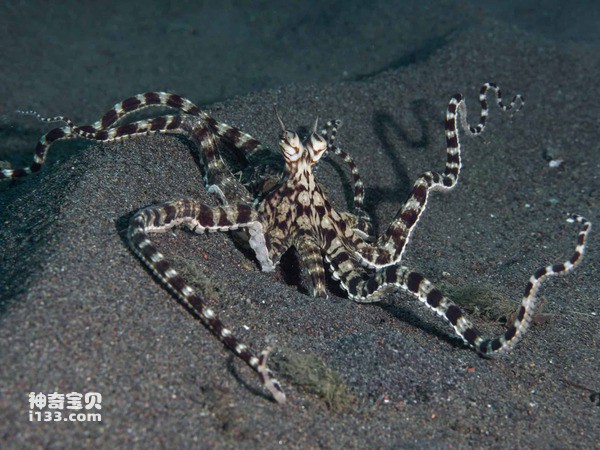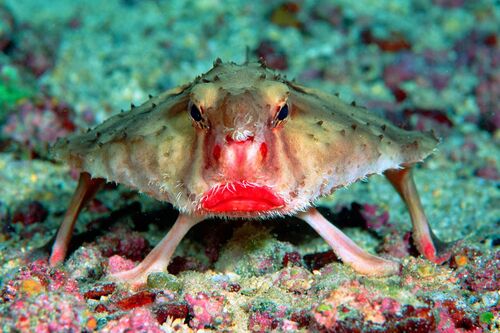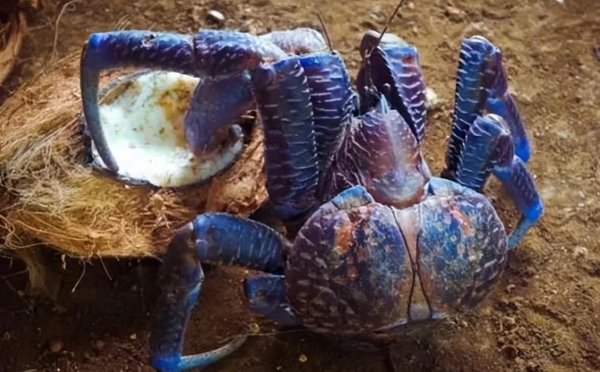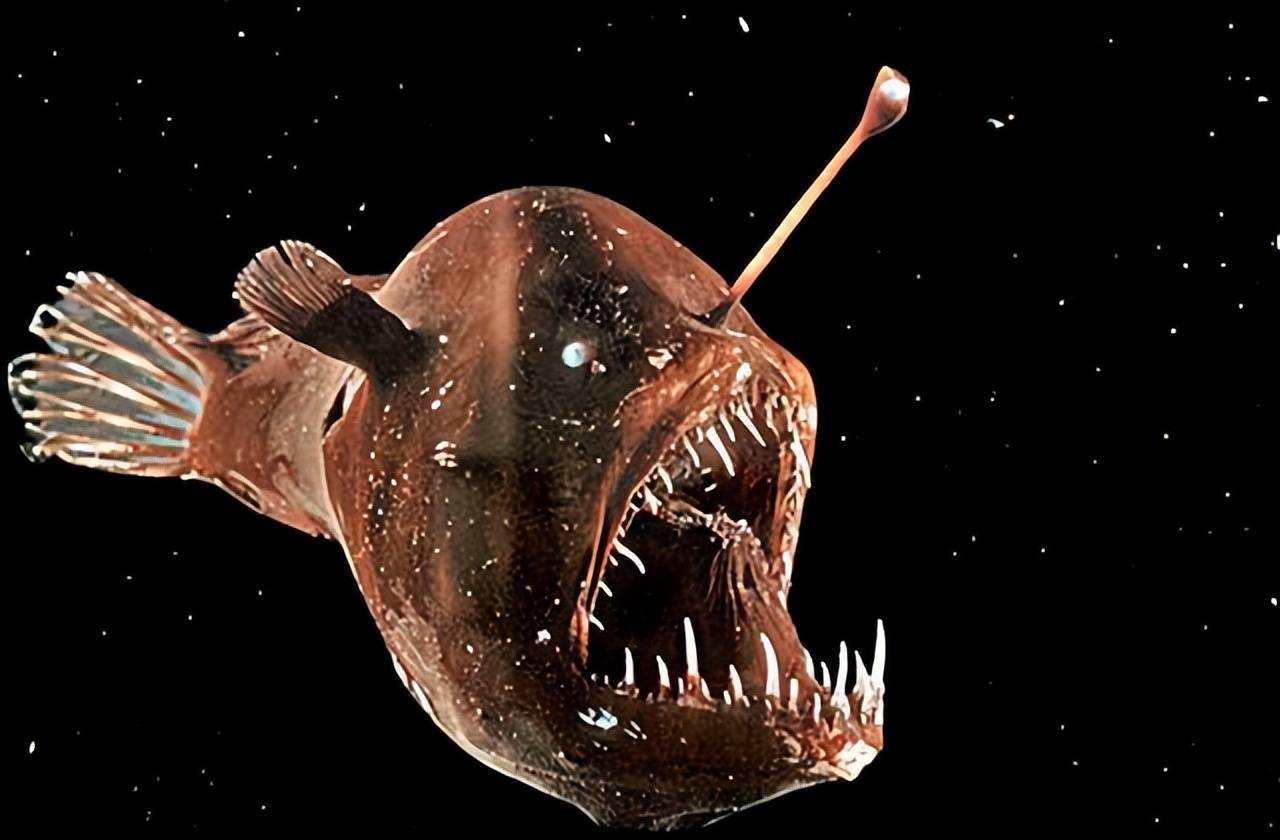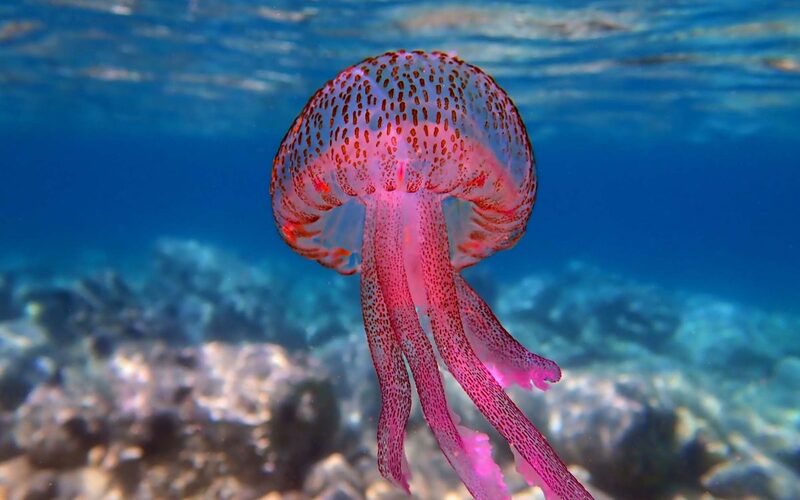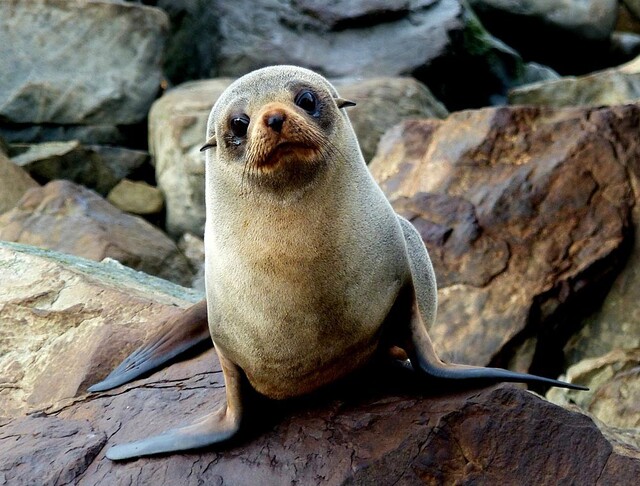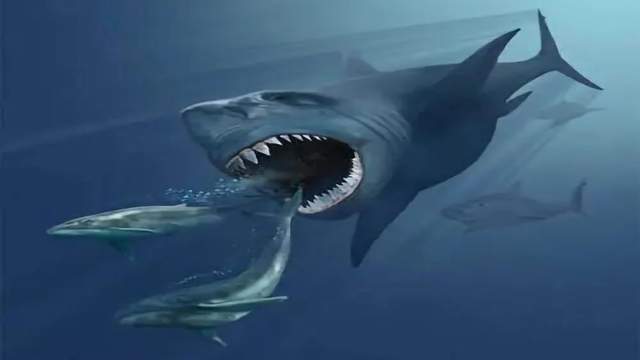Sea Urchin
IUCN
LCBasic Information
Scientific classification
- name:Sea Urchin
- Scientific Name:Echinoidea
- Outline:Marine Animals
- Family:Sea-urchins
Vital signs
- length:10cm
- Weight:0.47g-61.5g
- lifetime:
Feature
Full of thorns
Distribution and Habitat
Rocky and coral reefs
Appearance
Thorn Ball
Details
Table of Contents:
1. Introduction to Sea Urchins
Sea urchins are fascinating aquarium/52-marine-animals.html">marine animals found in oceans worldwide. They're known for their spherical shape and sharp, spiny exterior, which serves as a defense mechanism. These creatures belong to the phylum Echinodermata, making them relatives of starfish and aquarium/sea-cucumbers.html">sea cucumbers. Despite their intimidating appearance, sea urchins play a crucial role in the ocean ecosystem and offer various benefits to humans.
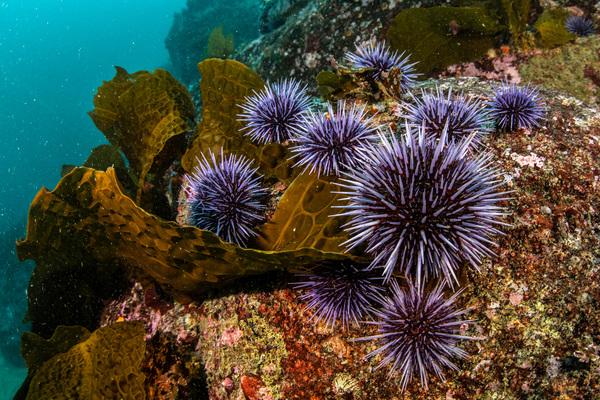
2. Types of Sea Urchins
There are numerous species of sea urchins, each with distinct characteristics. Here are some of the most well-known:
Purple Sea Urchin: Small, usually found in cold waters, with a dark purple or black color.
Red Sea Urchin: Larger than the purple variety, often reddish or orange, found in warmer waters.
Green Sea Urchin: Smaller in size and usually found in shallow coastal areas.
Each type of sea urchin varies in habitat, size, and appearance, making them easy to identify once you know what to look for.
Sea Urchin Species: A Comprehensive Overview
Sea urchins come in various species, each with unique characteristics and habitats. Below is a detailed comparison of the most notable sea urchin species, categorized by their physical traits, habitat, and geographic distribution.
| Species | Physical Characteristics | Habitat | Geographic Distribution | Diet |
|---|---|---|---|---|
| Strongylocentrotus purpuratus (Purple Sea Urchin) | Small, round, and purple or reddish in color; spines are long and sharp | Kelp forests, rocky shores | Pacific Ocean, from Alaska to Baja California, USA | Algae, kelp, detritus |
| Arbacia lixula (Black Sea Urchin) | Black body with short, stiff spines; spherical shape | Shallow waters, often found in coral reefs | Mediterranean Sea, Eastern Atlantic Ocean | Algae, small invertebrates |
| Echinus esculentus (Edible Sea Urchin) | Large, round, with spines ranging from yellow to purple | Rocky coastal areas, sandy bottoms | North Atlantic Ocean, Europe, and North America | Algae, small organisms |
| Diadema antillarum (Long-Spined Sea Urchin) | Very long, thin spines; body is typically black or dark brown | Coral reefs, shallow waters | Caribbean Sea, Gulf of Mexico, Western Atlantic Ocean | Algae, especially macroalgae |
| Lytechinus variegatus (Green Sea Urchin) | Green or olive body with long spines; smaller in size | Shallow, sandy areas, seagrass beds | Western Atlantic Ocean, Gulf of Mexico, Caribbean Sea | Algae, seagrass, detritus |
| Toxopneustes pileolus (Flower Urchin) | Brightly colored (yellow, orange, or purple) with short, venomous spines | Coral reefs, shallow lagoons | Indo-Pacific region, including Australia and Southeast Asia | Algae, detritus, small invertebrates |
| Centrostephanus rodgersii (Long-Spined Sea Urchin) | Dark body with long, sharp spines, often a violet or purple hue | Coastal areas, rocky shores | Australia, New Zealand, and nearby Pacific Islands | Algae, kelp, and detritus |
| Echinometra lucunter (Rock-boring Sea Urchin) | Small, dark, with shorter spines; body more flattened | Coral reefs, rocky surfaces, crevices | Caribbean Sea, Gulf of Mexico, Western Atlantic | Algae, coral polyps, detritus |
| Tripneustes gratilla (Collector Urchin) | Round, bright green with short spines | Shallow tropical and subtropical waters | Indo-Pacific region, including the Pacific Islands | Algae, detritus, small organisms |
| Mesocentrotus franciscanus (Red Sea Urchin) | Large, red or orange body with long, thick spines | Kelp forests, rocky shores | Pacific Ocean, along the coasts of California and Alaska | Algae, kelp |
Key Takeaways:
Physical Differences: While some species, like the Purple Sea Urchin (Strongylocentrotus purpuratus), are relatively small with sharp, long spines, others, such as the Red Sea Urchin (Mesocentrotus franciscanus), can grow large and have thicker, more robust spines.
Habitat Preferences: Most sea urchins prefer rocky or coral reef environments, but some species are adapted to sandy or seagrass areas. For instance, the Green Sea Urchin (Lytechinus variegatus) thrives in seagrass beds.
Geographical Range: Different species are distributed across various oceans. The Long-Spined Sea Urchin (Diadema antillarum) is primarily found in the Caribbean, while the Flower Urchin (Toxopneustes pileolus) is common in the Indo-Pacific region.
Dietary Habits: Most sea urchins are herbivorous, feeding on algae and kelp, but some species, like the Flower Urchin, are omnivores and will consume small invertebrates as well.
By understanding the unique characteristics, habitat preferences, and diets of different sea urchin species, this table serves as a quick reference to help with identification, research, or even conservation efforts.
3. Habitat and Behavior
Sea urchins typically inhabit rocky areas or coral reefs, where they graze on seaweed and algae. They prefer both shallow and deep waters, depending on the species. Some, like the purple sea urchin, thrive in colder, deeper waters, while others, such as the red sea urchin, are found in warmer, shallow regions.
Sea urchins are slow-moving animals, using their spines to maneuver and protect themselves. They are nocturnal grazers, feeding at night on algae and other plant material found on the ocean floor.
4. How Sea Urchins Contribute to the Ecosystem
Sea urchins are vital for maintaining the balance of marine ecosystems. As herbivores, they prevent algae from overwhelming coral reefs and seagrass beds. Without sea urchins, these ecosystems would become overrun with algae, which could disrupt the growth of corals and seagrasses, leading to a loss of biodiversity.
In some regions, sea urchin populations have been severely impacted by disease or overfishing, which can lead to the depletion of critical marine resources.
5. Nutritional Benefits of Sea Urchins
Sea urchins are not only important for the ecosystem but are also a delicacy in many cuisines. The roe, also known as uni, is the most prized part. Sea urchin roe is rich in omega-3 fatty acids, protein, and vitamin B12, making it an excellent addition to a healthy diet. It's often used in sushi, sashimi, and other Japanese dishes.
In addition to being a gourmet treat, sea urchin roe is also beneficial for heart health, boosting brain function, and providing essential nutrients for overall wellness.
6. How to Safely Harvest Sea Urchins
While harvesting sea urchins can be a rewarding experience, it requires caution. The sharp spines can cause serious injury if not handled properly. If you're gathering sea urchins, it's crucial to wear thick gloves and use a specialized tool for opening them. Make sure you're following local regulations regarding harvesting to avoid depleting natural populations.
7. Sea Urchin in Culinary Delights
Sea urchin is a highly sought-after ingredient in fine dining. Its delicate, creamy texture and unique flavor make it a star in sushi and sashimi dishes. Chefs around the world use it in various recipes, often pairing it with other seafood or incorporating it into pastas and soups.
Whether you're enjoying it fresh or as part of a gourmet dish, sea urchin offers a taste of the ocean like no other.
8. Sea Urchin Injury: Risks and Precautions
While sea urchins are not aggressive, their spines can be dangerous. A sea urchin sting can cause intense pain, swelling, and even infections if not treated promptly. Some sea urchin species also carry venom in their spines, which can cause more severe reactions.
To prevent injury, it's best to avoid touching sea urchins or stepping on them while wading in the ocean. If you do get pricked, immediately immerse the wound in hot water to neutralize toxins, and seek medical attention if necessary.
9. Sea Urchin Conservation
As with many marine creatures, sea urchins face threats from overfishing, habitat destruction, and climate change. Overharvesting of sea urchins can lead to population decline, affecting marine ecosystems.
To ensure sustainable sea urchin populations, it's essential to support conservation efforts, such as protecting coral reefs and implementing sustainable fishing practices. By doing so, we can help maintain the delicate balance of the ocean and ensure future generations can enjoy these fascinating creatures.
10. Sea Urchin Reproduction: Everything You Need to Know
Sea urchins, like many marine organisms, have unique and fascinating reproductive processes. Their reproduction plays a crucial role in maintaining healthy populations and ecosystems. In this section, we will dive into the reproductive habits, methods, and lifecycle of sea urchins.
1. Sea Urchin Reproductive Methods
Sea urchins reproduce through external fertilization, which means that both male and female urchins release their gametes (eggs and sperm) into the water, where fertilization occurs. This process is typically triggered by environmental factors, such as water temperature, moon phases, and the availability of food.
Male sea urchins release sperm into the water.
Female sea urchins release eggs into the water.
The sperm and eggs meet in the water column, and fertilization happens outside the body.
2. The Spawning Process
Spawning is the term used for the release of eggs and sperm into the water. For many species of sea urchins, this happens during specific times of the year, often in the spring or fall, when conditions are ideal. Temperature changes, the presence of food, and the lunar cycle all act as cues for the sea urchins to spawn.
Timing: The spawning season varies depending on the species, but it usually occurs in warm months when conditions are favorable.
Spawning Aggregation: In some species, sea urchins gather in large groups to spawn, which increases the chances of successful fertilization.
Sperm and Egg Release: Once the gametes are released, they are carried away by ocean currents. Some species rely on strong tidal currents to help distribute the eggs and sperm.
3. Embryonic Development and Larvae
Once fertilized, sea urchin eggs develop into embryos. The embryonic stage is followed by the larval stage, during which the sea urchin undergoes several developmental phases before settling to the ocean floor.
Blastula and Gastrula Stages: The fertilized egg divides and forms a hollow ball of cells, which eventually turns into a gastrula.
Larvae: The larvae, called pluteus larvae, are free-swimming and can drift with the ocean currents. This stage can last anywhere from a few weeks to several months, depending on environmental conditions and food availability.
During the larval stage, sea urchins are quite vulnerable to predators. They have a delicate, spiny structure that helps protect them during this time.
4. Juvenile Sea Urchins and Settling
As the larvae mature, they eventually settle on the ocean floor and begin the transition to the juvenile stage. Juvenile sea urchins are small, but they begin to develop their characteristic spines. At this stage, they start feeding on algae and other plant matter, becoming more independent. Over time, they will continue to grow and develop into adult sea urchins.
Settlement Behavior: Juvenile sea urchins often settle in areas with abundant algae or seaweed, as this provides them with a steady food source.
Growth and Development: Over several years, sea urchins grow in size and increase the complexity of their spiny armor, providing them with more protection from predators.
5. Lifespan and Reproductive Cycles
Sea urchins can live anywhere from 5 to 20 years depending on the species, environmental conditions, and availability of food. Their reproductive cycles can vary from species to species, but in general, sea urchins reach sexual maturity between 2 to 4 years of age. Once they reach maturity, they will reproduce annually, often during specific times of the year based on environmental cues.
Some species of sea urchins, like the green sea urchin, can spawn multiple times in a year, while others, such as the red sea urchin, may spawn once annually.
Sexual Maturity: It typically takes 2–4 years for sea urchins to reach sexual maturity.
Spawning Cycles: Different species may have varying spawning cycles based on the water temperature and seasonal factors.
6. Environmental Impact on Reproduction
The health of the ocean environment directly influences the reproduction of sea urchins. Issues like climate change, pollution, and ocean acidification can affect the availability of food, the timing of spawning, and the survival of larvae. In particular, rising ocean temperatures can cause sea urchins to spawn earlier or later than usual, which can disrupt their reproductive cycle.
7. Conservation and Sustainable Harvesting
With overfishing and habitat destruction threatening many sea urchin populations, conservation efforts are essential. Sustainable harvesting practices, such as limiting the number of sea urchins collected and protecting their habitats, can help ensure that these fascinating creatures continue to thrive.
Protecting breeding grounds and ensuring the preservation of coral reefs and kelp forests is crucial for maintaining healthy sea urchin populations.
Conclusion
Sea urchins' reproductive cycles are a crucial part of their life cycle, helping to maintain their populations and support marine ecosystems. Understanding their spawning, larval development, and growth stages provides insight into how these remarkable creatures contribute to the health of the oceans. Conservation efforts are needed to ensure sea urchins continue to thrive and play their role in marine ecosystems for generations to come.
FAQ
Frequently Asked Questions (FAQs)
Q1: What are sea urchins?
Sea urchins are spiny, spherical marine animals that play an important role in ocean ecosystems. They belong to the phylum Echinodermata and can be found in various marine environments.
Q2: What do sea urchins eat?
Sea urchins are herbivores and primarily eat algae and seaweed. They graze on the ocean floor, helping to maintain the balance of marine ecosystems.
Q3: Are sea urchins dangerous?
While sea urchins aren't aggressive, their spines can be dangerous. Some species have venomous spines that can cause pain, swelling, or even infections if you get stung.
Q4: How do you harvest sea urchins safely?
To safely harvest sea urchins, use gloves to protect your hands and tools to open the shell. Follow local guidelines and regulations to ensure sustainable harvesting.
Q5: What are the nutritional benefits of sea urchins?
Sea urchin roe (uni) is packed with nutrients, including omega-3 fatty acids, protein, and vitamin B12, making it a great addition to a healthy diet.

